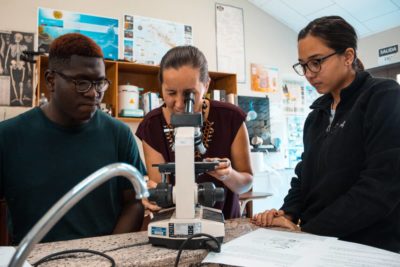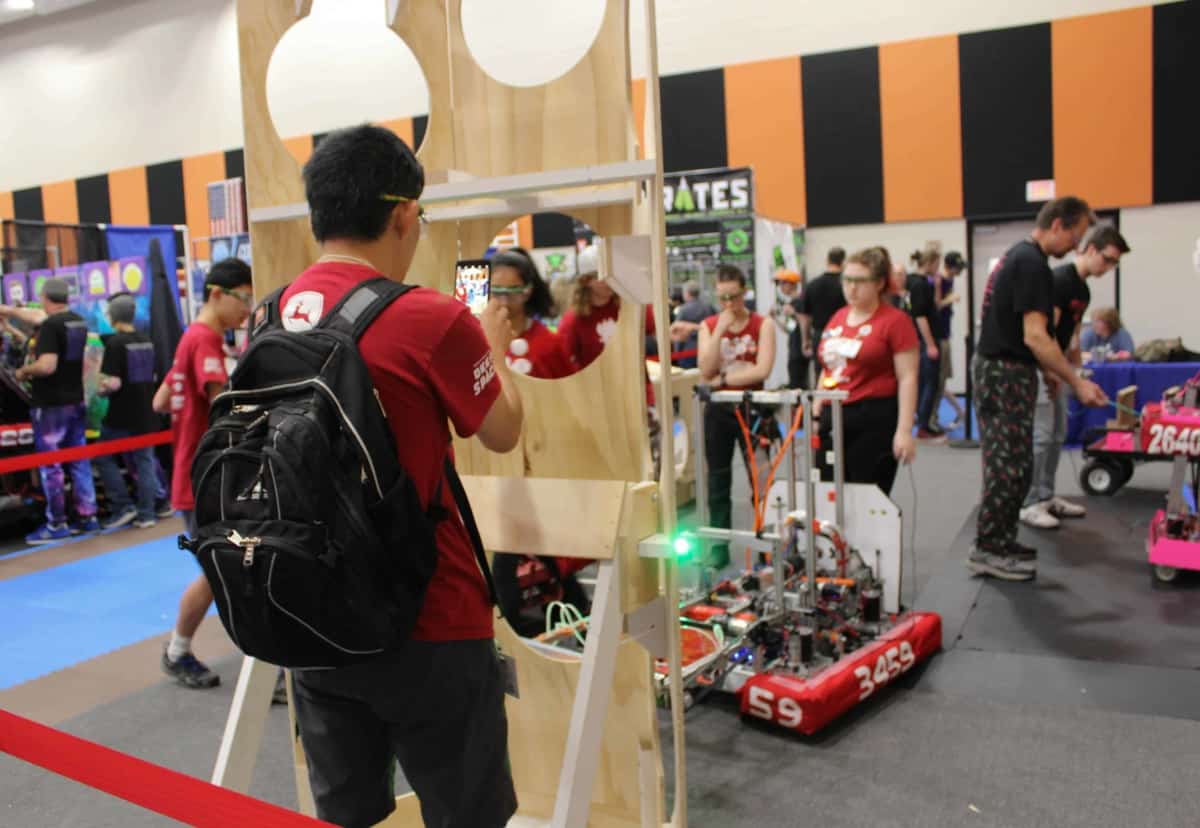While STEM refers to the disciplines of science, technology, engineering and mathematics, when STEM education is done well, it blends those disciplines so that students engage in solving real-world problems. This newer model for teaching is often called “problem-based learning” — where teachers in STEM classes rarely lecture to rows of students. Instead, teachers organize and facilitate student teams as they draw on resources inside and outside of school to complete projects. This means that another way to think about the STEM acronym would be “Strategies That Engage Minds.”
The Guiding Framework
The conceptual framework for Strategies That Engage Minds is represented by the following figure. The foundation is Engagement and the many informal ways North Carolina has to attract its citizens into STEM interest and learning. Development is the acquisition of STEM knowledge and skills, mostly through formal education, and Persistence is where interests are translated into learning and career goals and where entering the workforce is regarded as a new beginning rather than an end. These three pillars of STEM shouldn’t be considered as discrete from each other, but as overlapping elements that together influence STEM literacy and STEM workforce development.
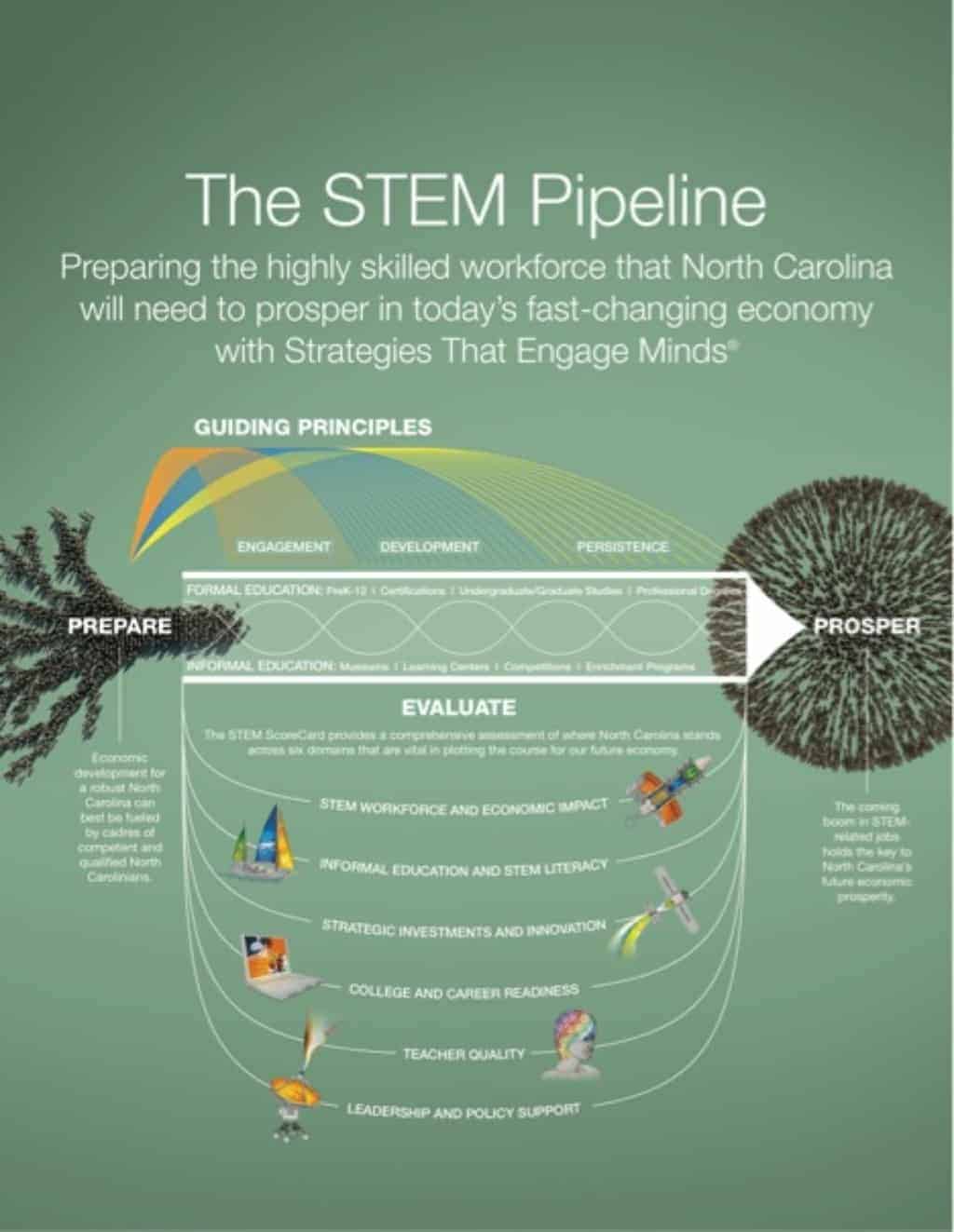
STEM Engagement
STEM interest and learning for children begins very early because they come into the world naturally curious about all that is around them. Curiosity drives STEM learning and is greatly enhanced by family and school visits to informal learning places, like nature science centers, science and technology museums, planetariums, aquariums, zoos, and state and local parks. Engagement and interest building can also come through exposure to STEM programs on public television, like Nature and Nova, or commercial stations like the National Geographic and Discovery Channel, as well as through access to online educational resources. While these informal venues are important for children, they can serve as sources of interest and engagement for adults, too.
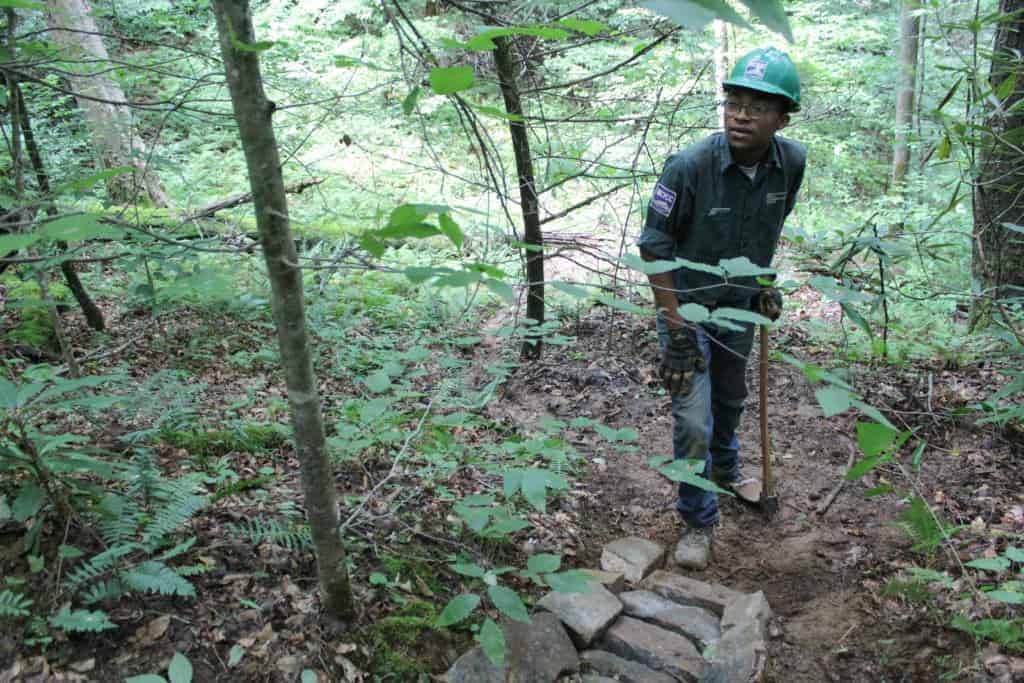
STEM Development
STEM knowledge, skills, and readiness for school-age learners largely occurs in pre-K-12 schools. It is important for all parts of this system to function well for students, including a well-designed and sequenced curriculum that is:
- aligned to high standards and with high quality teachers to teach to those standards,
- guided by effective district and school leaders,
- and includes an aligned assessment system to know if all this is happening.
High school graduation requirements should also align to entry requirements of public universities and community colleges in North Carolina and, in turn, higher education should offer an array of academic programs to prepare a cadre of qualified graduates who compete for and create the STEM jobs of the future.
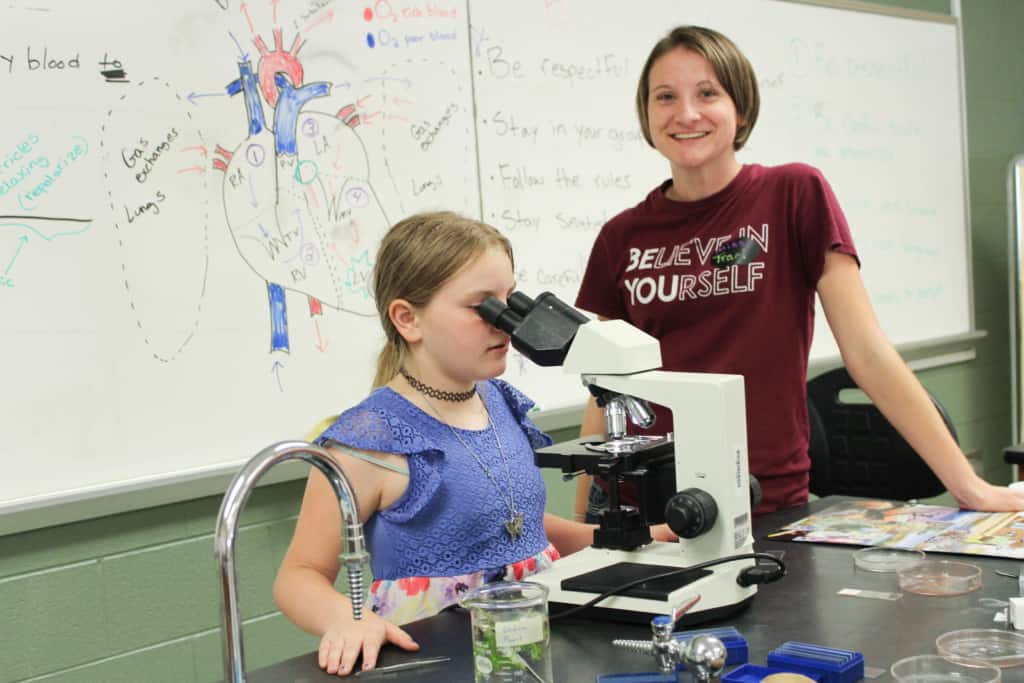
Persistence in STEM
Young learners can continue to develop their interest through special in-school or after school clubs and student competitions in science, mathematics, and technology. They may also be encouraged to attend special STEM schools, like the NC School for Science and Mathematics (which is opening a second campus in Morganton), and seek entry into undergraduate and graduate studies to nurture their knowledge and interest in STEM. This progression of opportunities and programs are necessary to translate interest and abilities into preparation for STEM-related careers.
Summary
State investments in programs that support STEM engagement, development, and persistence — pre-K through university — are essential for a thriving and sustainable economy in North Carolina. At the same time, an economic development strategy that invests first and foremost in the human capital development of its people will reward us with a prosperous North Carolina.
The NC STEM ScoreCard is compiled by Charles Coble of Teacher Preparation Analytics and edited by Yasmin Bendaas at EdNC. Last month, we released the ScoreCards’s first post, giving an overview of the upcoming five major parts of the ScoreCard. Keep up with the all of the STEM ScoreCard posts here.
Interested in more STEM education news? Sign up for our STEM newsletter here.
Editor’s note: The Burroughs Wellcome Fund supports the work of EducationNC.
Recommended reading

